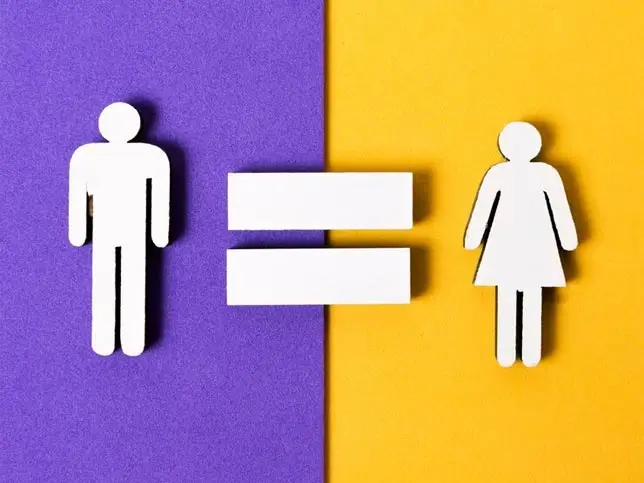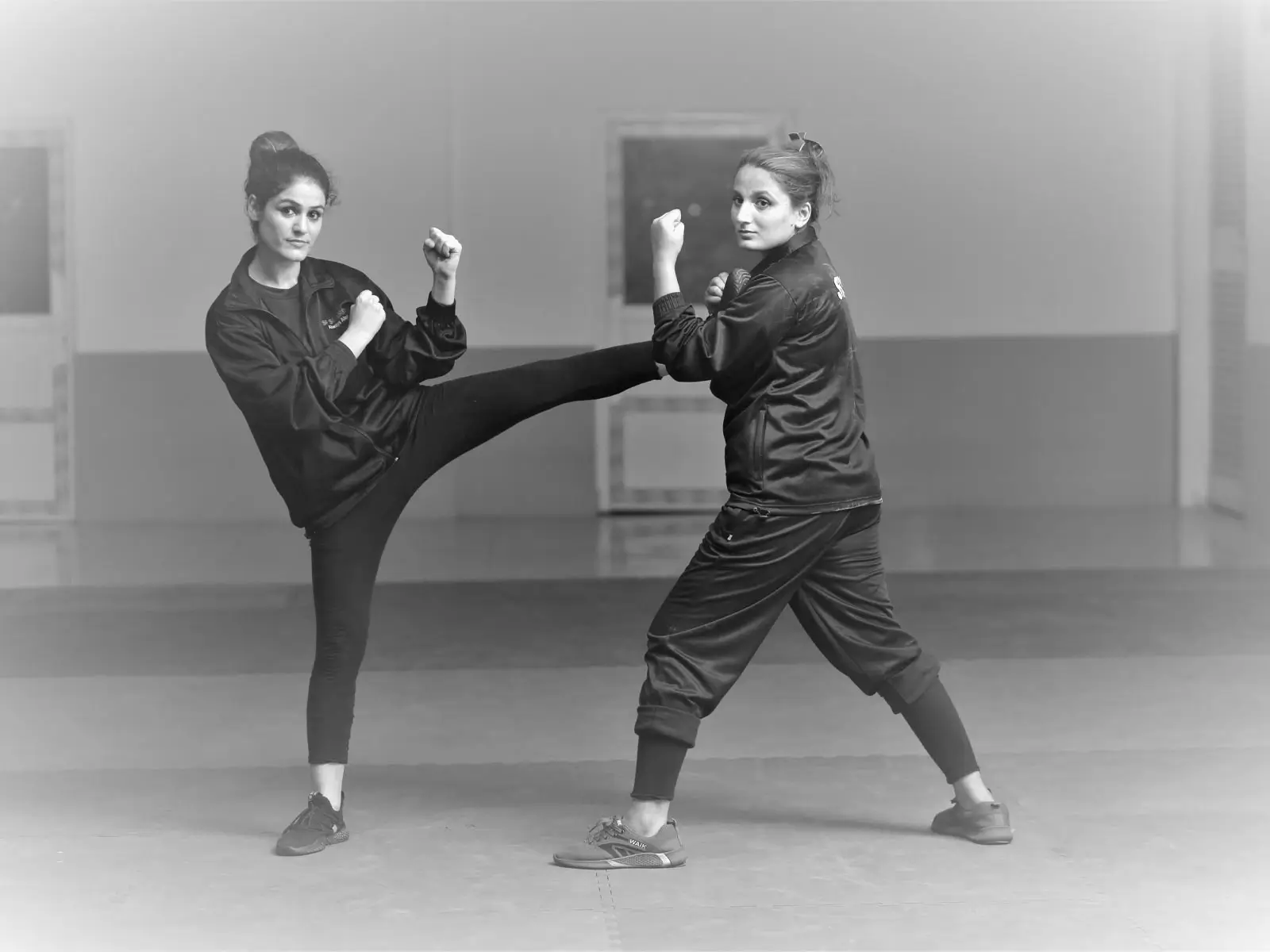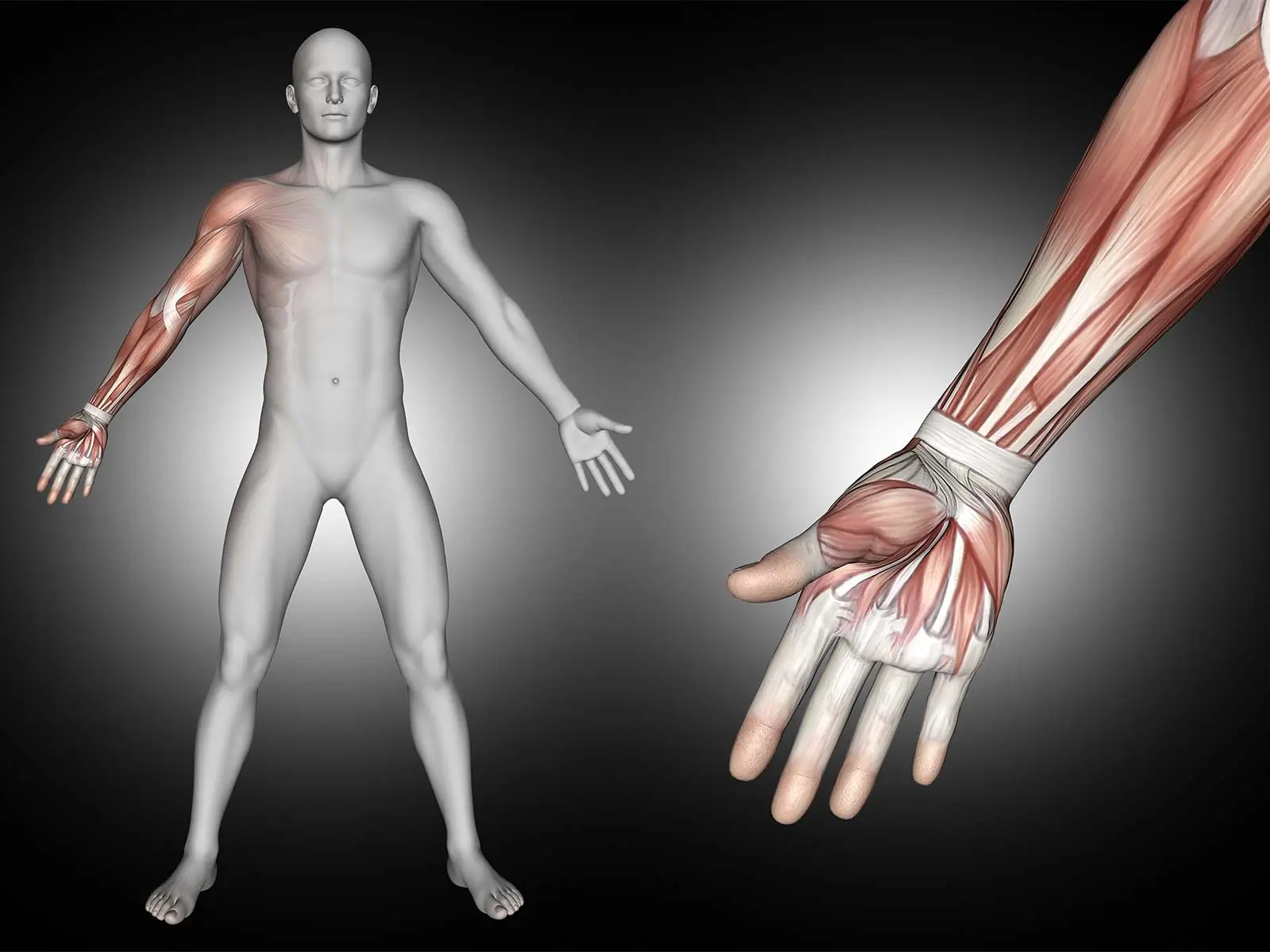In self-defence, knowledge of human anatomy and kinesiology plays a crucial role in effectively neutralizing threats and protecting oneself. Understanding the body's structure and movement mechanics enables individuals to exploit an attacker’s weaknesses, particularly by targeting vulnerable points and disrupting their physical power zones. This approach not only enhances the effectiveness of defensive techniques but also increases the efficiency of physical responses in high-stress situations.

Key Physical Differences and Their Impact on Self-defence
Muscle Mass and Strength
- Male Advantage: Males generally have more muscle mass, particularly in the upper body, giving them greater physical strength and endurance. This advantage often enables men to exert more force in physical altercations.
- Female Defence Strategy: Women are typically at a disadvantage in terms of brute strength. Therefore, self-defence techniques for women often emphasize the use of leverage, speed, and precision rather than force. For example, women can focus on vulnerable areas like the eyes, throat, or groin, which require less strength to inflict damage.
- Leverage and Balance: Techniques that use an opponent’s momentum and weight against them (such as throws or locks) are particularly effective for women, as they can neutralize the strength advantage by targeting joints and off-balancing their attacker.
Body Composition and Flexibility
- Female Advantage: Women generally have greater flexibility and a lower centre of gravity due to their pelvic structure. This can be advantageous in maintaining balance and executing certain defensive techniques like evasion and escape.
- Application in Self-defence: Flexibility can be used to evade strikes and escape from holds. Lower body strength, where women often have a relative advantage, can be utilized in powerful kicks aimed at vulnerable points on the attacker.
Speed and Agility
- Female Tendency: Women often have faster reaction times and greater agility, especially in short bursts, compared to men who might rely more on power.
- Quick, Focused Attacks: Self-defence for women should emphasize quick, targeted strikes and rapid movements to create openings for escape or disable the attacker temporarily. Techniques that involve speed and precision, such as strikes to the eyes, nose, or solar plexus, can be more effective than prolonged physical struggles.
Endurance and Fatigue Resistance
- Gender Differences: Men tend to have more overall endurance due to higher muscle mass and testosterone levels, but women are often more resistant to fatigue over time, especially in endurance-based physical activities.
- Strategic Application: In self-defence, this means that women can benefit from strategies that involve tiring out the attacker through evasive movements, rather than directly engaging in a prolonged fight that relies on upper-body strength.
Psychological and Social Factors
Perception of Threat
- Male Confidence: Men may often have greater confidence in physical altercations due to societal norms and a higher exposure to combative situations.
- Female Response: Women may need to overcome psychological barriers like fear, hesitation, or underestimating their own abilities in self-defence situations. Training must address these factors, building confidence, situational awareness, and assertiveness in responding to threats.
Power Imbalance in Harassment
- Physical Domination: Many forms of harassment and abuse, especially in rural and urban areas in Pakistan, stem from a power imbalance where men exert physical dominance.
- Women’s Self-defence Focus: For women, self-defence strategies should focus on de-escalating situations and employing defensive techniques that leverage surprise, quick decision-making, and targeting the attacker’s vulnerabilities to compensate for the physical power disparity.


Practical Applications in our Self-defence Program
Customized Techniques
We emphasize techniques like joint locks, pressure point strikes, and rapid disengagements that don’t require brute strength but can incapacitate or destabilize an attacker quickly.
Leverage Training
We teach women how to use leverage and biomechanics to neutralize larger attackers. Techniques like hip throws, arm locks, or using the opponent’s momentum can help women overcome size and strength disadvantages.
Vulnerability Targeting
Focus on striking vulnerable areas. These areas don’t require much force to incapacitate and allow women to quickly escape dangerous situations.
Building Confidence and Reaction Time
Accessing legal support can be difficult, particularly for women in rural areas or those with limited resources. The legal system can be complex and intimidating, making it challenging for victims to navigate.
Provide psychological training to improve women’s confidence in confronting threats and build faster reflexes through repetitive drills, enhancing their ability to react under pressure.
Role of Kinesiology
Kinesiology, the study of body movement, further enhances the application of anatomical knowledge in self-defence. Key aspects of kinesiology relevant to self-defence include:
Joint Mechanics
Understanding the range of motion and limitations of joints, such as elbows, wrists, shoulders, and knees, allows individuals to apply techniques that exploit these limitations. For example, manipulating an attacker’s elbow or wrist can disrupt their control and ability to fight back.
Power Zones
Every person has specific areas where they exert maximum strength and stability. By targeting joints or areas that are less controlled, self-defence techniques can effectively neutralize an attacker’s power. For instance, attacking the knee joint can undermine an attacker’s balance and reduce their capacity to maintain a strong stance.
Leverage and Force Application
Kinesiology principles help in understanding how to use body mechanics and leverage to amplify the effect of defensive techniques. Properly applying force to a vulnerable area can enhance the effectiveness of strikes or holds, requiring less physical strength and energy.


Integration in Self-defence
Combining anatomical knowledge with kinesiology allows for the development of self-defence techniques that are both efficient and effective. This integration involves:
Targeted Techniques
Techniques are designed to exploit anatomical weaknesses and kinesiology principles, such as strikes to sensitive areas and joint locks that capitalize on natural body movements and limits.
Energy Efficiency
Understanding how to use the body’s mechanics to one’s advantage ensures that defensive actions are energy-efficient, reducing the physical effort needed to overcome an attacker.
Adaptability
Knowledge of anatomy and kinesiology enables the adaptation of techniques to different situations and attackers, allowing individuals to respond dynamically based on the attacker’s movements and weaknesses.
Conclusion
In self-defence, the understanding of human anatomy and kinesiology is fundamental for developing effective techniques that can neutralize threats efficiently. By targeting anatomical vulnerabilities and leveraging principles of body movement, individuals can enhance their ability to defend themselves in high-pressure situations. This knowledge not only improves the practical application of self-defence techniques but also empowers individuals by making self-defence more accessible and effective across various physical capabilities and scenarios.
Understanding the physical differences between males and females is crucial in designing effective self-defence strategies, especially in contexts of harassment and abuse. These differences impact how women can best protect themselves and respond to physical threats.
